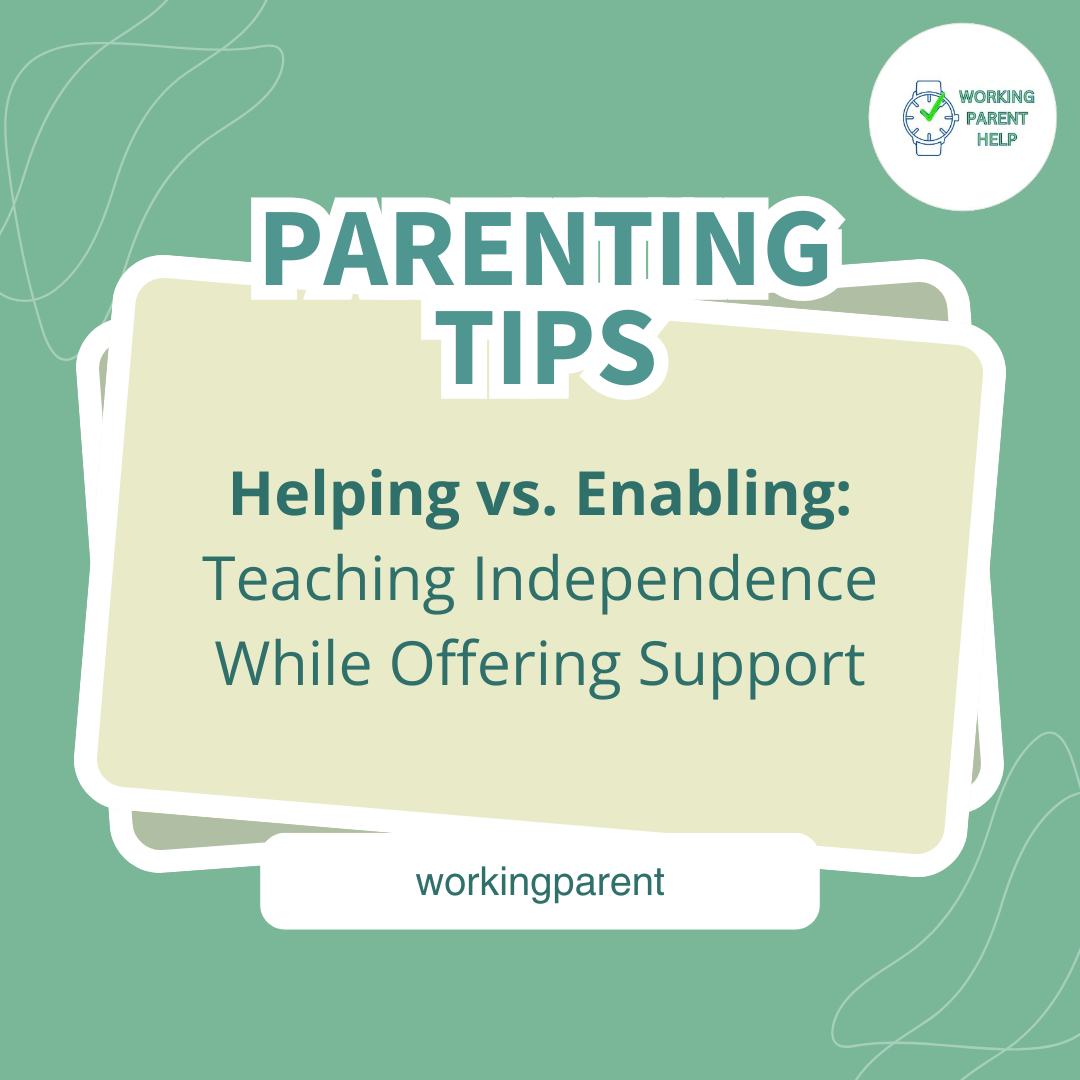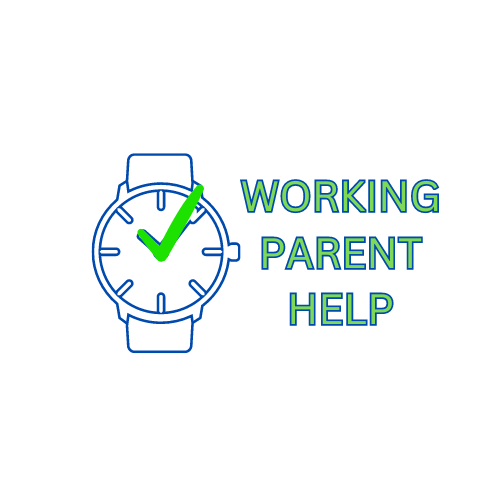
Helping VS Enabling: Teaching Independence While Offering Support
Parenting is a balancing act—somewhere between "Let me help you with that" and "You're on your own, kid." The challenge? Knowing when you're helping your child grow into a confident, capable individual and when you're enabling them to rely on you for everything, including finding the socks that are (clearly) right in front of them.
So, how do you strike the right balance? Let's break it down.
1. Encourage Problem-Solving
If your child always looks to you for solutions, they might be missing out on a crucial life skill: problem-solving. Instead of jumping in with the answers, guide them through their thought process. Ask questions like, "What do you think we should do?" or "What are your options?"
Of course, they'll still need a little structure. For example, when it comes to organizing their toys or school supplies, giving them a system can help them manage things on their own. The Doll Storage Bucket is a great way for them to take responsibility for their things without constant reminders.
2. Allow Natural Consequences
Sometimes, the best way to learn is through experience (a.k.a. the hard way). If your child refuses to wear a jacket on a chilly morning, they’ll quickly understand why Mom and Dad insisted. If they forget their homework, they’ll learn to double-check their backpack next time.
Of course, when it comes to safety, you don’t want to take chances. The SafeBelt Universal Anti-Neck Car Seat Protector provides comfort and protection while teaching kids the importance of road safety.
3. Teach Life Skills, Not Just Tasks
Helping isn’t just about doing things for them—it’s about teaching them how to do things. Laundry? Cooking? Basic car maintenance? These are all skills they’ll need later in life (and trust me, their future roommates or spouses will thank you).
An easy way to introduce responsibility is by having them keep their space organized. The SpaceMax Backseat Storage Organizer is perfect for kids who need a little help keeping track of their things in the car, teaching them early about the importance of keeping personal spaces tidy.
4. Offer Support Without Taking Over
Kids will struggle—and that’s okay. It’s natural to want to step in and fix things, but sometimes, the best thing you can do is let them figure it out while knowing you’re there for support.
For example, when they’re learning a new skill, whether it's tying their shoes or doing their homework, resist the urge to take over. Instead, offer guidance and encouragement. If your child needs a comfortable space for long rides or homework sessions in the car, the SnugBelt Auto Shoulder Support Pillow can help keep them comfortable and focused.
5. Set Boundaries with Kindness
There’s a fine line between being supportive and enabling dependency. Setting clear expectations and boundaries helps children understand that they are capable of handling responsibilities on their own.
For instance, if your child is constantly asking you to fetch things for them, a practical solution is the ThermoSeat Heated Car Cushion for parents who spend long hours waiting in the car during after-school activities. It's a small way to reinforce the idea that you’re happy to help—but not at the expense of their independence.
Final Thoughts: Give Them the Gift of Independence
ing your child become independent isn’t about stepping back entirely—it’s about stepping aside so they can step up. By encouraging problem-solving, allowing natural consequences, teaching life skills, offering support without taking over, and setting kind but firm boundaries, you’re setting them up for success in the real world.
So, parents, what are your best strategies for fostering independence in your kids? Share your stories in the comments below or check out our other blog posts for more parenting hacks!
